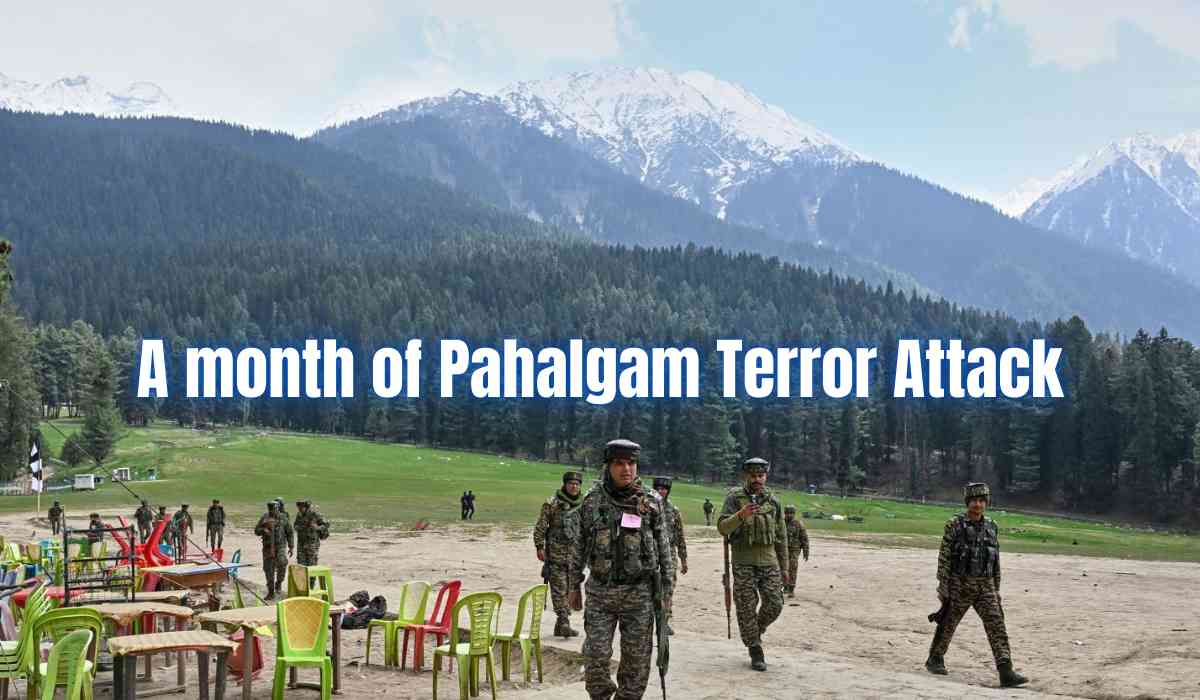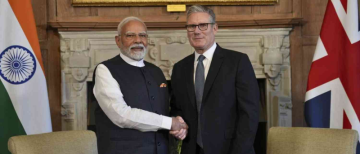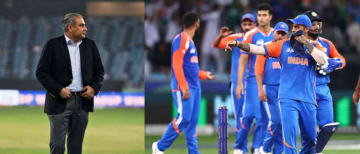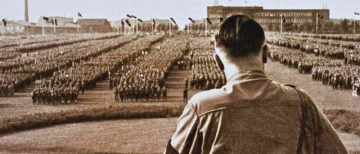It has been one month since the lush green meadows of Baisaran near Pahalgam were transformed into a valley of horror. On April 22, five heavily armed terrorists unleashed one of the deadliest civilian massacres in Jammu and Kashmir in decades. The coordinated attack claimed 26 innocent lives — predominantly Hindu pilgrims, along with a Christian tourist and a local Muslim pony operator who tried to protect the victims. It left a nation reeling, families broken, and a long list of uncomfortable questions still hanging in the air.
In the days and weeks that followed, India launched a high-stakes military retaliation — Operation Sindoor — and clamped down diplomatically on Pakistan. Yet, a month later, the perpetrators remain at large. The political messaging around “zero tolerance” for terrorism has been loud, but justice has yet to be delivered. The government’s immediate response was aggressive, even resolute. But its longer-term strategy and transparency have drawn increasing scrutiny.
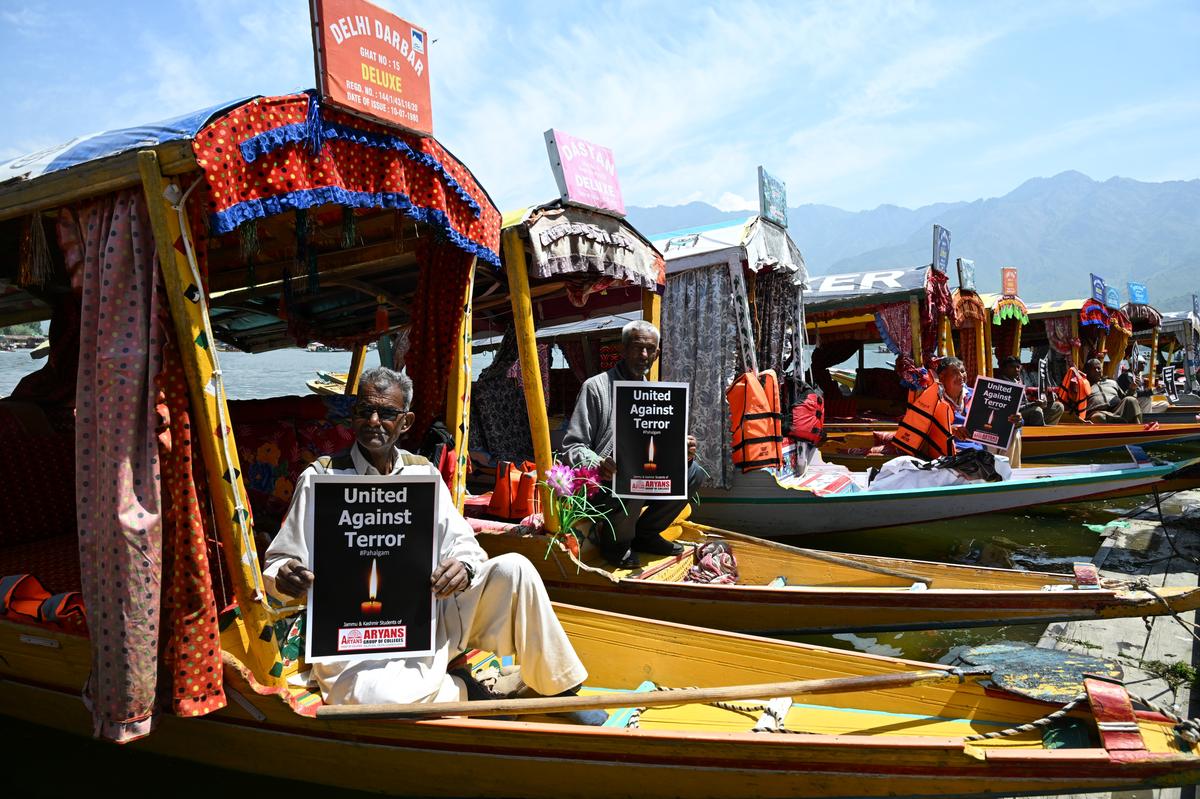
The Pahalgam Massacre: The Day That Shattered the Illusion of Normalcy
On that fateful morning of April 22, 2025, the peace of Jammu and Kashmir’s picturesque Baisaran Valley near Pahalgam was shattered when five terrorists armed with M4 carbines and AK-47s unleashed a brutal attack on tourists, killing 26 civilians. The attackers fired indiscriminately, targeting mostly civilians — families, women, children — based on religious identity.
The Resistance Front, an alleged proxy of the Pakistan-based Lashkar-e-Taiba, claimed responsibility. The horror of the attack evoked memories of 26/11 Mumbai and instantly became one of the deadliest civilian massacres in India since then.
This marked a strategic shift in the playbook of cross-border terror: rather than attacking security forces, the perpetrators deliberately targeted civilians to sow fear and communal discord. It was not just a massacre — it was a message. And it landed like a sledgehammer on India's national psyche.
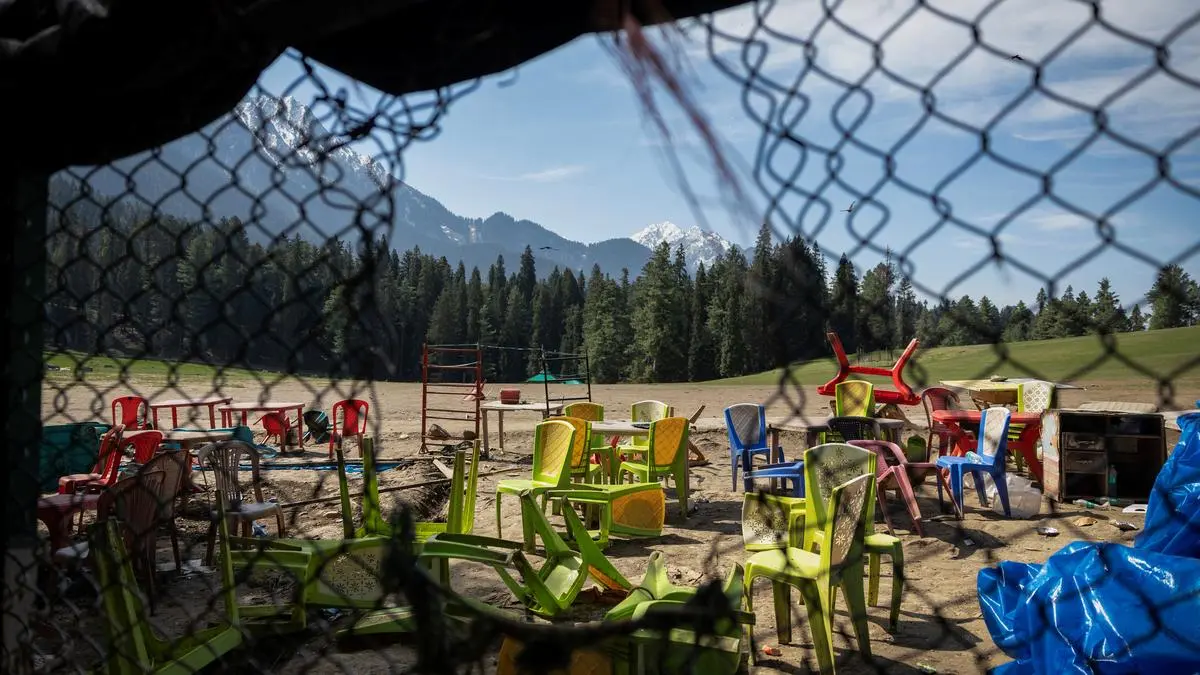
Timeline: From the Pahalgam Attack to the Ceasefire – A Chronicle of Escalation and Response
April 22: The Pahalgam Massacre
-
A serene morning in Baisaran Valley, near Pahalgam in Jammu and Kashmir, was violently disrupted as five heavily armed terrorists launched a calculated assault.
-
The attackers, equipped with M4 carbines and AK-47s, opened fire on tourists, killing 26 civilians. Among the dead were mostly Hindu pilgrims, a Christian tourist, and a Muslim pony operator who tried to protect the victims.
-
The attack was among the deadliest against civilians in India since the 2008 Mumbai attacks.
-
The Resistance Front, an affiliate of Lashkar-e-Taiba based in Pakistan, claimed responsibility.
April 23–25: India’s Swift Diplomatic and Security Reaction
-
In immediate response, the Indian government undertook strong diplomatic measures:
-
Downgraded diplomatic relations with Pakistan
-
Suspended the Indus Waters Treaty
-
Expelled Pakistani diplomats and sealed the Attari-Wagah border
-
Froze all visas for Pakistani nationals
-
-
On the ground, Indian forces:
-
Imposed a temporary lockdown in Pahalgam
-
Initiated joint cordon and search operations across Kashmir
-
Deployed helicopters for aerial reconnaissance
-
Engaged in gunfights resulting in the elimination of a top Lashkar-e-Taiba commander
-
-
Meanwhile, Pakistan began ceasefire violations along the Line of Control (LoC), heightening tensions.
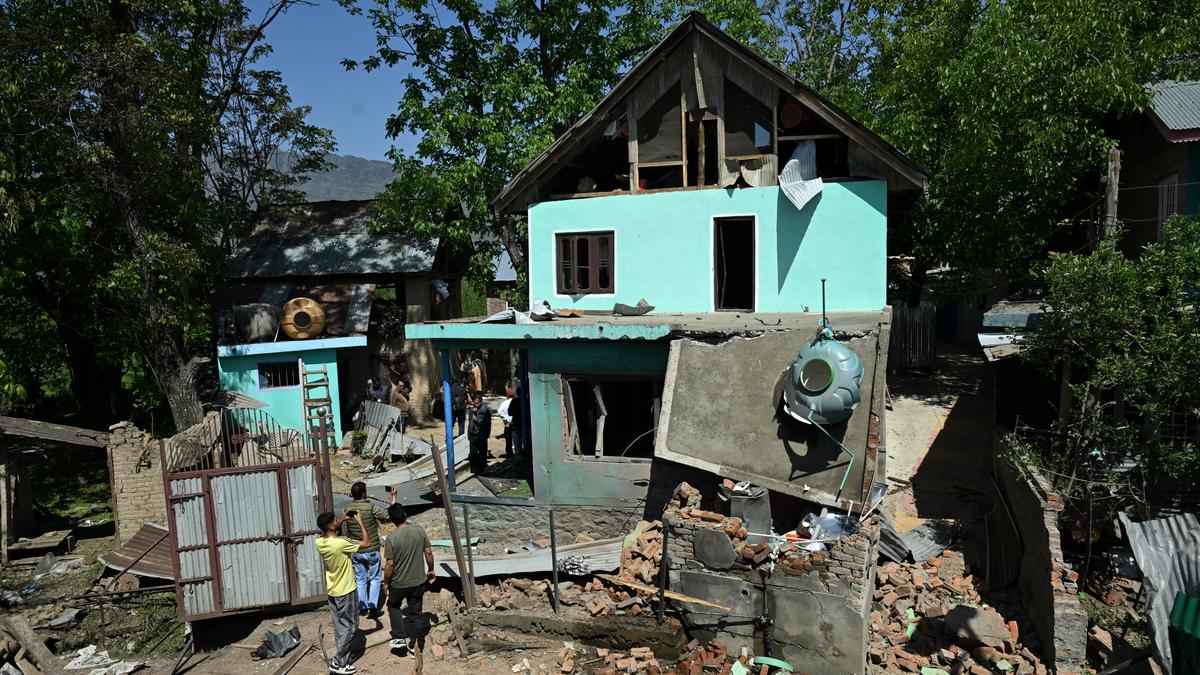
April 24 – May 5: Mounting Tensions and Skirmishes Along the LoC
-
Cross-border hostilities escalated as both sides reported frequent exchange of fire.
-
Pakistan initiated small arms fire across several LoC sectors, which India labelled unprovoked.
-
Pakistan claimed to have downed Indian drones, while India thwarted multiple infiltration attempts near Uri.
-
Both air forces increased patrols near the border.
-
As military alerts surged, Pakistan's Defence Minister warned of possible Indian retaliation.
-
India began conducting civil defence drills in preparation for further escalation.
May 6–7: India Launches Operation Sindoor
-
In the early hours of May 7, India carried out Operation Sindoor, a preemptive military operation.
-
The mission targeted nine terrorist launchpads in Pakistan and Pakistan-occupied Jammu and Kashmir.
-
The Indian military focused on infrastructure linked to groups like Jaish-e-Mohammed and Lashkar-e-Taiba.
-
Over 100 militants were reportedly neutralised, and multiple terror facilities were destroyed.
May 8–9: Pakistan Strikes Back, Conflict Intensifies
-
On the night of May 8, Pakistan launched retaliatory attacks using swarm drones and heavy artillery, targeting Indian posts in Jammu, Kashmir, and Punjab.
-
Indian forces repelled the assaults and initiated a series of counteroffensives.
-
On May 9, India struck and destroyed Pakistan’s HQ-9B air defence system in Lahore.
-
Pakistan responded with another barrage of drone and missile strikes along the western border.
-
India launched large-scale counterstrikes on key Pakistani military installations along both the International Border (IB) and the LoC.
May 10: Indian Air Force Offensive and Ceasefire Declaration
-
Early on May 10, the Indian Air Force conducted extensive bombing raids:
-
Eight major Pakistani airbases were destroyed
-
Significant damage was inflicted on facilities in Islamabad, Skardu, Bolari, and Sargodha
-
-
Diplomatic efforts ramped up:
-
US Vice President JD Vance and Secretary of State Marco Rubio urged both sides to de-escalate
-
-
Later that day, Pakistan’s Director General of Military Operations (DGMO) reached out to Indian counterparts.
-
Following military-level talks, India announced a formal ceasefire at 5:00 PM, ending nearly three weeks of hostilities.
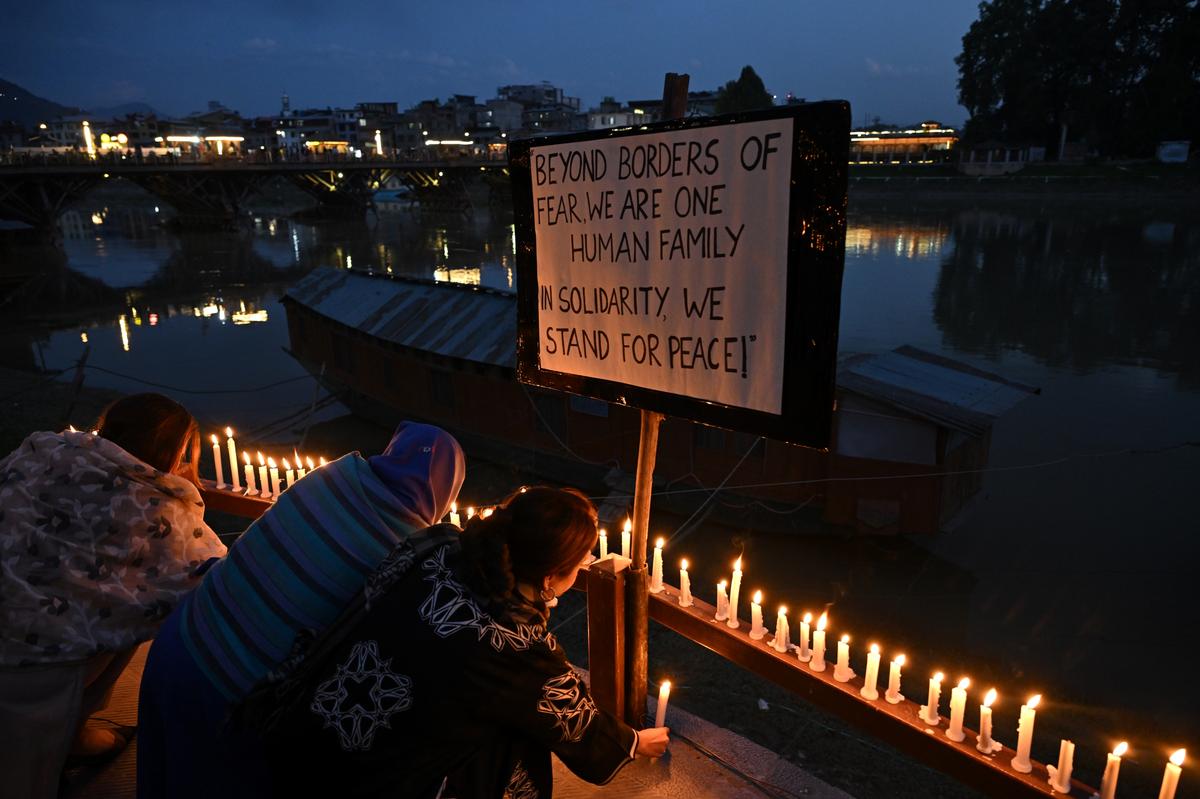
Five Questions India Cannot Ignore
The Pahalgam massacre, Operation Sindoor, and their aftermath have exposed deep systemic cracks and strategic blind spots. The attack wasn’t just a tragedy; it was a wake-up call. As India applauds its military precision, several urgent and uncomfortable questions continue to haunt public discourse:
1. Why was there no security at Baisaran?
While Operation Sindoor served to reinforce India’s military resolve, the original tragedy at Pahalgam continues to raise grave questions. In one of the most militarised zones in the world, how could five gunmen launch a well-coordinated attack and vanish without a trace?
Despite being a known tourist hub, no security personnel were present at the time of the attack. This in a region that remains one of the most militarised in the world. How did the attackers move freely, execute a coordinated strike, and disappear without detection?
The lack of security in a post-Article 370 Kashmir that was advertised as “normal” is not just an oversight—it’s a policy contradiction.
Security experts are divided. Some argue that an intentional drawdown of visible forces at tourist zones — to project “normalcy” in Kashmir — created dangerous blind spots. In a region with constant army pickets, drone surveillance, and layered intelligence infrastructure, such a breach seems not just improbable — but inexplicable.
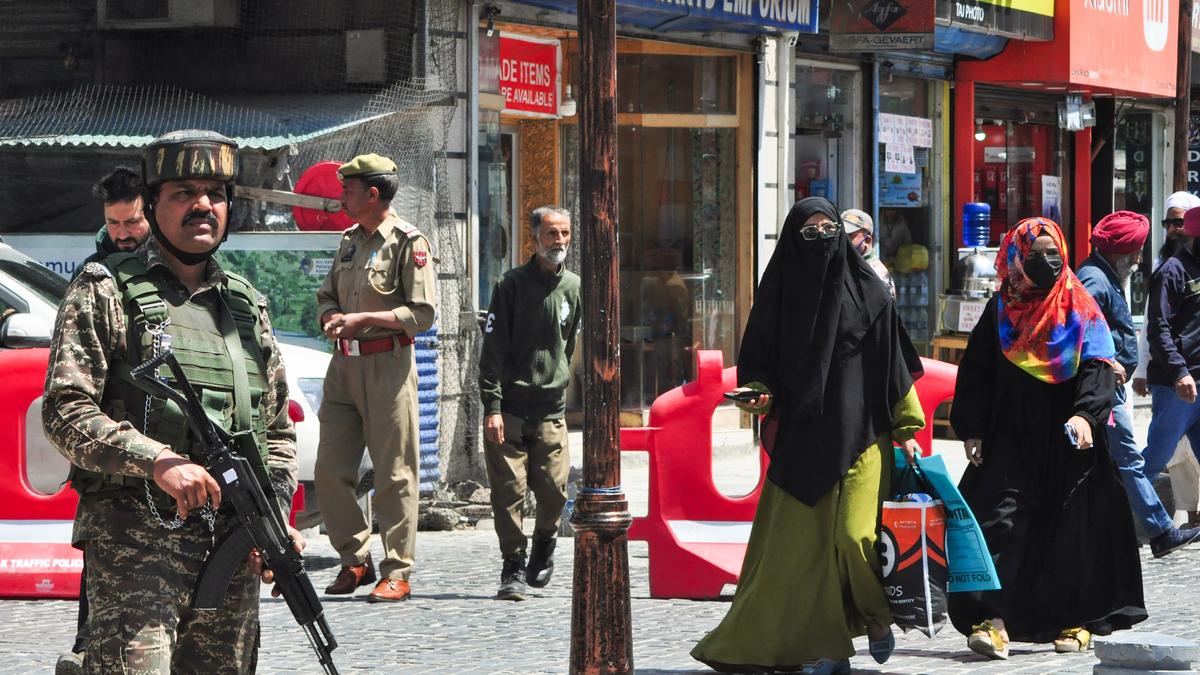
2. Was There an Intelligence Failure?
Authorities were quick to release sketches and affiliations of the attackers. But if they had such clarity, why was there no advance warning? Was this a case of missed intercepts, or a deeper breakdown in human intelligence?
Key concerns include:
-
No advance intelligence warnings or electronic intercepts, despite heightened surveillance
-
Rapid release of sketches and names of suspects within hours — raising doubts about the credibility and pace of the investigation
-
Over-reliance on electronic surveillance and insufficient human intelligence (HUMINT)
Security experts point to a worrying over-reliance on electronic surveillance, suggesting a critical need to rebuild on-ground networks.
3. Why was the Prime Minister absent from the all-party meeting on April 24?
On April 24, an all-party meeting was convened to forge a unified national response. Yet Prime Minister Narendra Modi was notably absent, campaigning in Bihar instead. His absence was widely viewed as a missed opportunity to send a strong signal of national unity and leadership.
While Defence Minister Rajnath Singh chaired the meeting, and leaders like Rahul Gandhi and Mallikarjun Kharge participated, Modi’s choice to address the issue from a political rally instead of an official platform blurred the lines between statecraft and campaign rhetoric. Questions remain: was the nation hearing from its elected government, or from its ruling party?
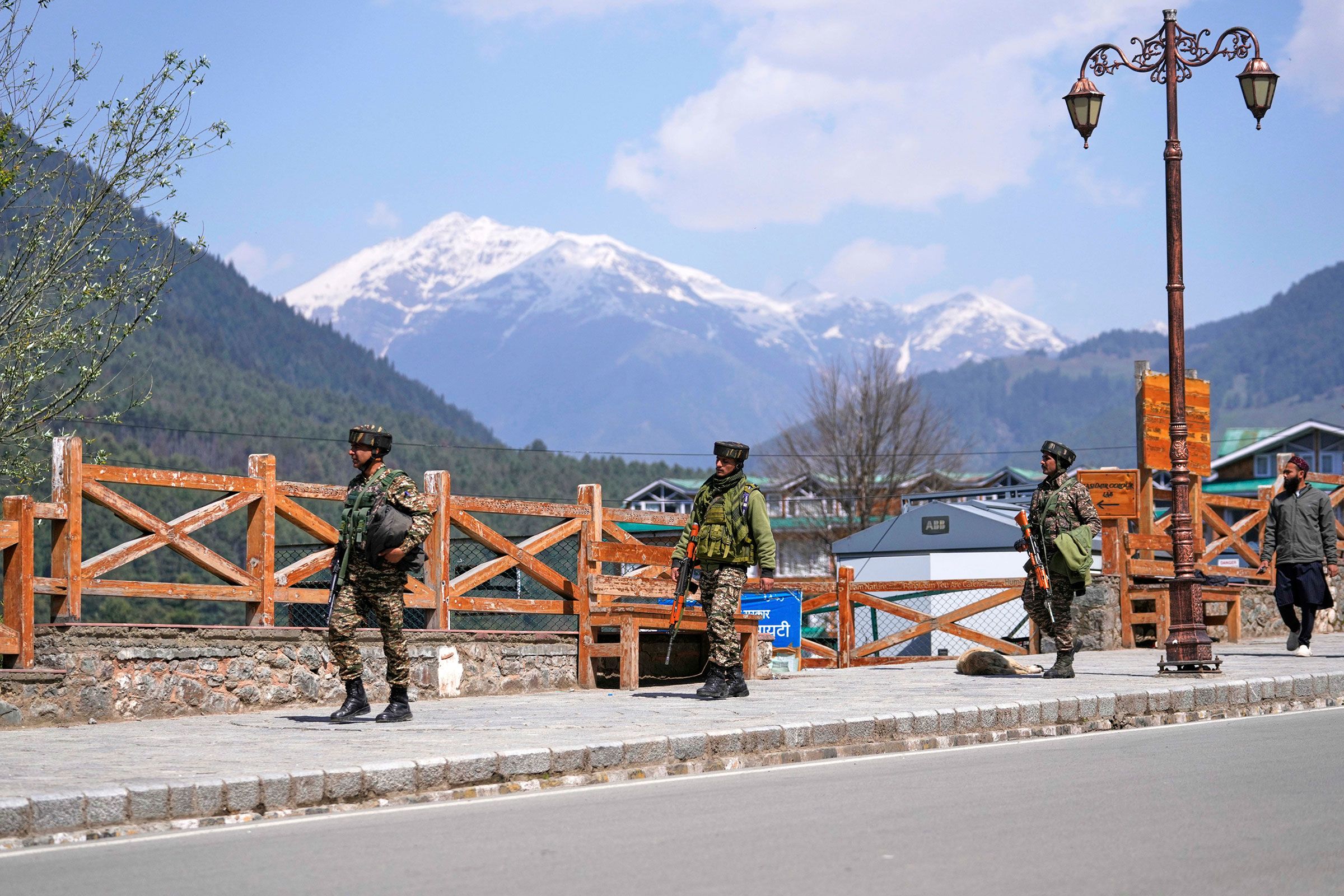
4. Are We Supporting or Alienating Kashmiris?
In an unexpected and powerful reaction, Kashmiris themselves condemned the attack. Streets shut down in grief, and young people marched for peace. Local newspapers published front pages in black.
Perhaps the most poignant and underreported development after the massacre was the spontaneous grief and solidarity shown by Kashmiris. Shops shut, schools closed, and front pages of local newspapers went black — not out of fear, but mourning. Peace marches led by Kashmiri youth rejected terrorism and called for unity.
But the national narrative ignored this rare moment of alignment. Instead of embracing the Valley’s pain and anger against the attackers, the national conversation focused on retaliation — and often, dangerously, on stereotyping. This missed moment of national unity exposed the fragile trust deficit between Kashmir and the rest of India.
Across several Indian states, Kashmiri students and traders faced attacks and threats, spurred by Islamophobic rhetoric. Social media and news channels blurred distinctions between civilians and militants, further isolating those Kashmiris who had stood up for peace.
5. Who will be held accountable for this systemic failure?
While Operation Sindoor may have tactically succeeded, it does not erase the failure to prevent the attack. No one—from intelligence chiefs to political leaders—has been held accountable. The Amarnath Yatra is weeks away, and Pahalgam serves as a base camp. Why was it not fortified in time?
Real security is not just about bombs and drones—it’s about foresight, preparation, and credible governance.
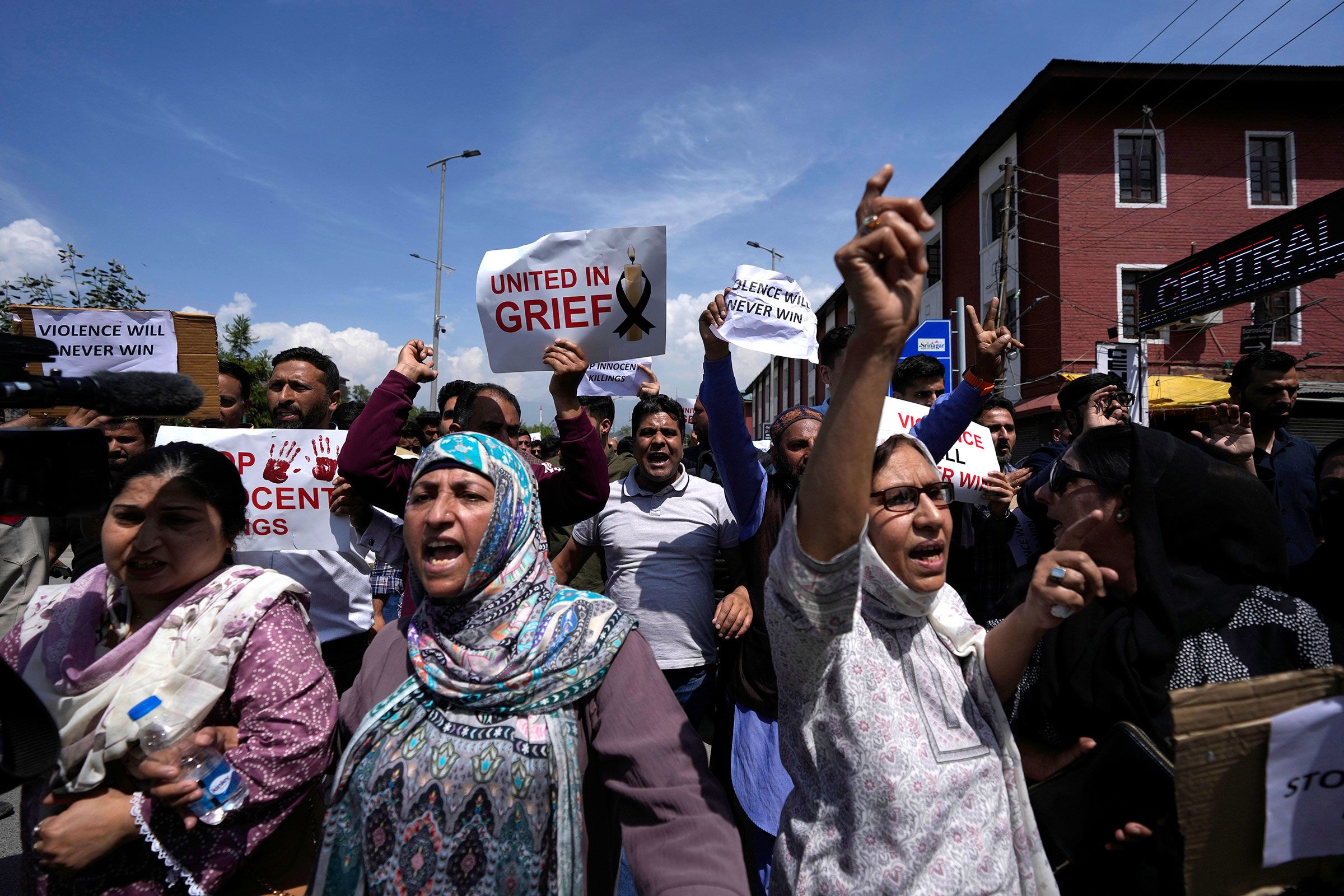
Pahalgam Is a Mirror — What Do We See?
Pahalgam is no longer just a scenic meadow; it is a national reckoning. It reveals not only the continued threat of cross-border terrorism, but also the uncomfortable cracks in our response — in intelligence, security preparedness, and national unity.
A military response, however precise, cannot substitute for a comprehensive counter-terror strategy grounded in transparency, political leadership, and genuine engagement with Kashmir’s people. If we allow the Pahalgam massacre to become just another tragic headline, we not only fail the victims — we endanger the very idea of justice and democracy.
One month later, the terrorists may still be free. But so are our questions. And they demand answers.
Views expressed in the above piece are personal and solely those of the author. They do not necessarily reflect Vygr’s views.
With inputs from agencies
Image Source: Multiple agencies
© Copyright 2025. All Rights Reserved Powered by Vygr Media.

